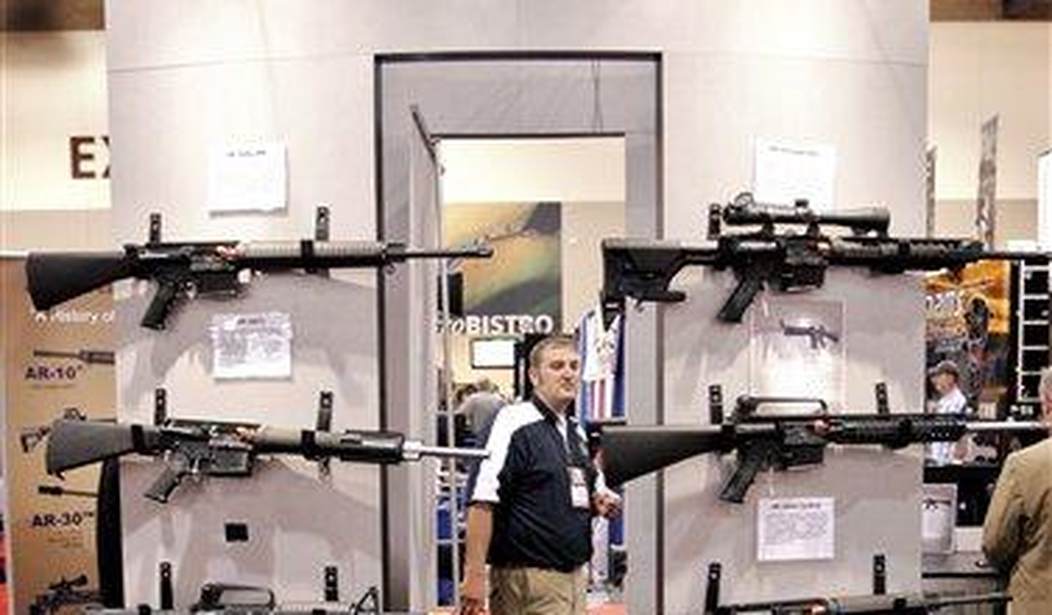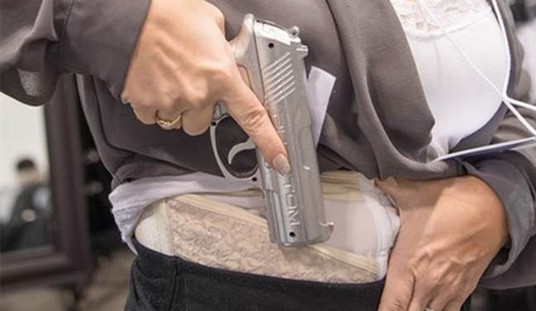If the Supreme Court justices who delivered the Bruen decision were hoping that that their opinion would force lower courts to stop treating the Second Amendment as a second-class right, they’ve got to be just as frustrated as Second Amendment advocates with the constitutional contortions and bad history that we’ve seen deployed in defense of gun and magazine bans by some federal judges over the past few months.
Most recently, U.S. District Court Judge Richard G. Andrews, an Obama appointee, refused to grant an injunction blocking enforcement of Delaware’s ban on so-called assault weapons and large capacity magazines despite finding that the arms in question are protected by the Second Amendment. In his decision, Andrews acknowledged that “at least some of the prohibited assault weapons and LCMs pass muster under both versions of the ‘in common use’ requirement”, though he declared that he’s leaning towards the theory offered by the state of Delaware that the Court’s decision really only protects arms that are in common use for self-defense and not for other lawful purposes.
Oddly, a good deal of Anderson’s opinion actually takes issue with the defendants’ defense of the gun and magazine ban, including Delaware’s attempt to argue that modern sporting rifles are “unusually dangerous”, which is close enough to SCOTUS’s stance that “dangerous and unusual” weapons fall outside of the scope of the Second Amendment’s protections.
This argument, although interesting and perhaps meritorious as a historical matter, asks me to ignore the great weight of authority to the contrary. I decline to do so. The test is “dangerous and unusual,” and to fall outside the Second Amendment’s protection, a weapon must check both boxes.
… Defendants’ trouble is that, although they thoroughly demonstrate that the prohibited assault long guns are “dangerous” (and probably “unusually dangerous”), they cannot show that assault long guns are “unusual.” As discussed, Plaintiffs have sufficiently demonstrated that assault long guns are numerous and “in common use” for a variety of lawful purposes. I therefore conclude that the prohibited assault long guns are in common use for selfdefense, and therefore “presumptively protect[ ed]” by the Second Amendment.
And yet Anderson still ruled in Delaware’s favor, based on the dubious argument that though these arms are covered by the Second Amendment, the state demonstrated that its ban is “consistent with the Nation’s historical tradition of firearm regulation.”
Defendants argue that the instant regulations implicate “unprecedented societal concerns” and “dramatic technological changes.” I agree. First, Defendants show that assault long guns and LCMs represent recent advances in technology. Defendants offer evidence that semi-automatic weapons “did not become feasible and available until the beginning of the twentieth century, and the primary market was the military.” Although multi-shot or repeating firearms existed in America during the colonial and founding eras, they “were rare and viewed as curiosities.” Neither were repeating rifles popular during the Civil War and Reconstruction; during these periods, they were used sparingly as military weapons and were available for civilian acquisition in limited numbers. It was only after World War I when semi-automatic and fully automatic long guns “began to circulate appreciably in society.”
Note Anderson’s subtle shifting of the goal posts; pointing to the relative rarity of multi-shot firearms in the Founding era before shifting to exclusively talking about rifles in the Civil War and Reconstruction era. That’s because by the close of the Civil War multi-shot revolvers were undoubtably in common use, but weren’t subject to any kind of widespread or longstanding bans. Of course, neither were repeating rifles. There was no 19th century equivalent to Moms Demand Action demanding bans on lever-action rifles or six-shot revolvers. At best Andrews could point to a scattering of statutes barring the possession of Bowie knives passed between 1838 and 1925, as well as six states that passed short-lived bans on revolvers.
I’m not impressed with Andrews’s reasoning. After all, there were eight “may issue” states when the Supreme Court declared the practice unconstitutional in the Bruen decision, so the six states that banned revolvers or concealed handguns in the early 20th century is not only a number that’s too small to be of any importance, but the time period when those bans were passed is largely irrelevant to assessing the constitutionality of the gun and magazine ban approved by Delaware lawmakers last year.
As for Anderson’s assertion that the development of semi-automatic firearms and detachable magazines implicate “unprecedented societal concerns” and “dramatic technological changes”, I would argue that we’ve always been concerned with public safety, and the technological advances that led to the widespread adoption of semi-automatic firearms are no more dramatic than the development of the multi-shot revolver or the repeating rifle, neither of which led to the type of broad, longstanding prohibitions that would be necessary for today’s bans to fit within the historical tradition of the Second Amendment.
But by claiming modern sporting rifles and detachable magazines represent some unprecedented technological leap unimaginable by the Founders or those who ratified the Fourteenth Amendment, Anderson severed himself from the Supreme Court’s admonition against engaging in interest-balancing tests, allowing him to pontificate about the supposed evils of “assault weapons” and, in essence, deploy the very interest-balancing test that SCOTUS explicitly rejected in Bruen.
Defendants offer evidence that suggests a rise in the yearly rate of public mass shootings over the past four decades. They also show that, as noted in the preamble to HB 450, mass shootings often involve assault weapons equipped with LCMs. One analysis, which examined almost two hundred mass shootings across four databases, concluded that assault weapons were used in nearly a quarter of the incidents for which the type of weapon could be determined and that LCMs were involved in the majority of the incidents for which magazine capacity could be determined.
I fail to follow Anderson’s line of argument here. Let’s assume that the study the state of Delaware cited is accurate and modern sporting rifles are used in 25% of active shooting incidents. That would mean that handguns are still the most commonly-used firearm in mass shootings, and the Supreme Court has already declared that a ban on handguns is unconstitutional.
We don’t base our rights off the potential for misuse or abuse. If we did the Internet (among other things) would have been banned long ago. Anderson’s line of reasoning is contradicted by the Supreme Court’s holding in Heller, but it’s also contradicted by common sense.
Anderson’s decision to allow Delaware’s ban to remain in effect while the legal challenge continues is a perfect example of how lower court judges are continuing to ignore what SCOTUS has actually said about the right to keep and bear arms. Thankfully, this isn’t the only case involving a ban on “assault weapons” out there, and depending on what the Fourth Circuit does with a challenge to Maryland’s ban, the Supreme Court could soon have an opportunity to step in and establish once and for all that semi-automatic firearms, including modern sporting rifles, are not only protected by the Second Amendment, but cannot be subject to broad bans like the one imposed by Delaware Democrats.








